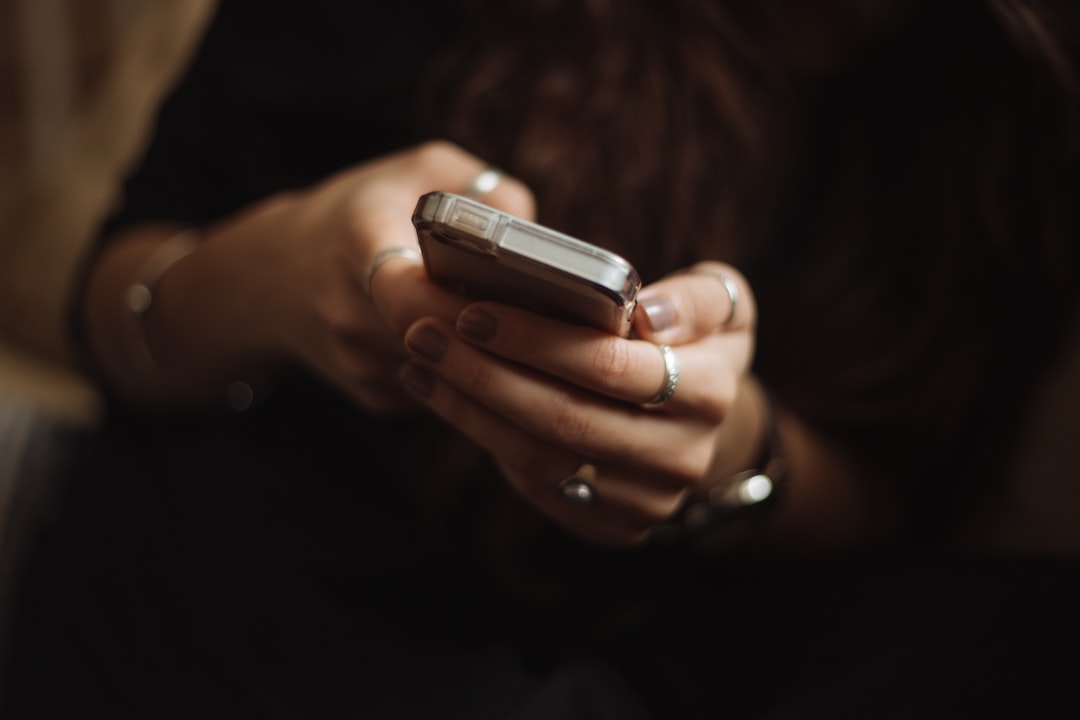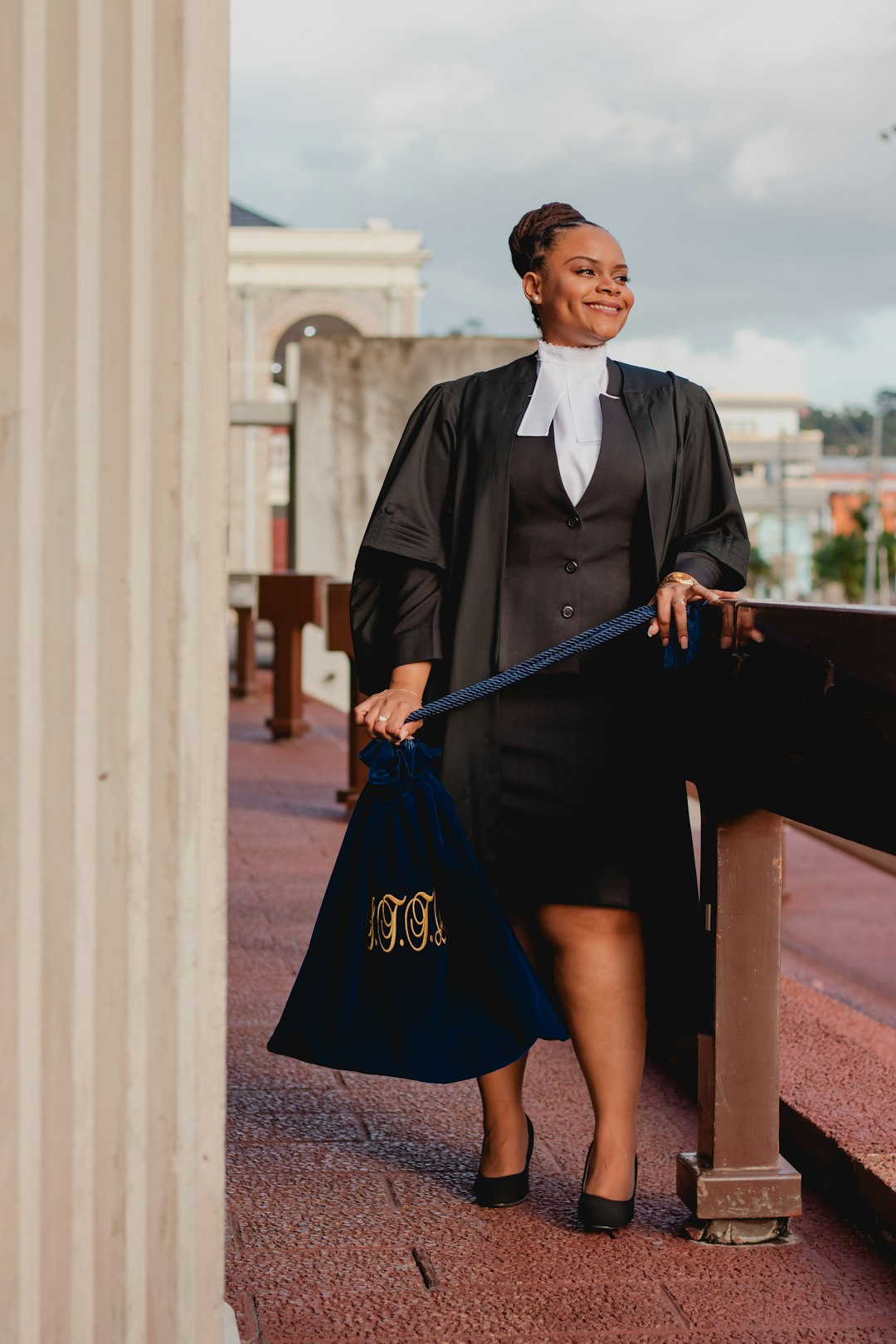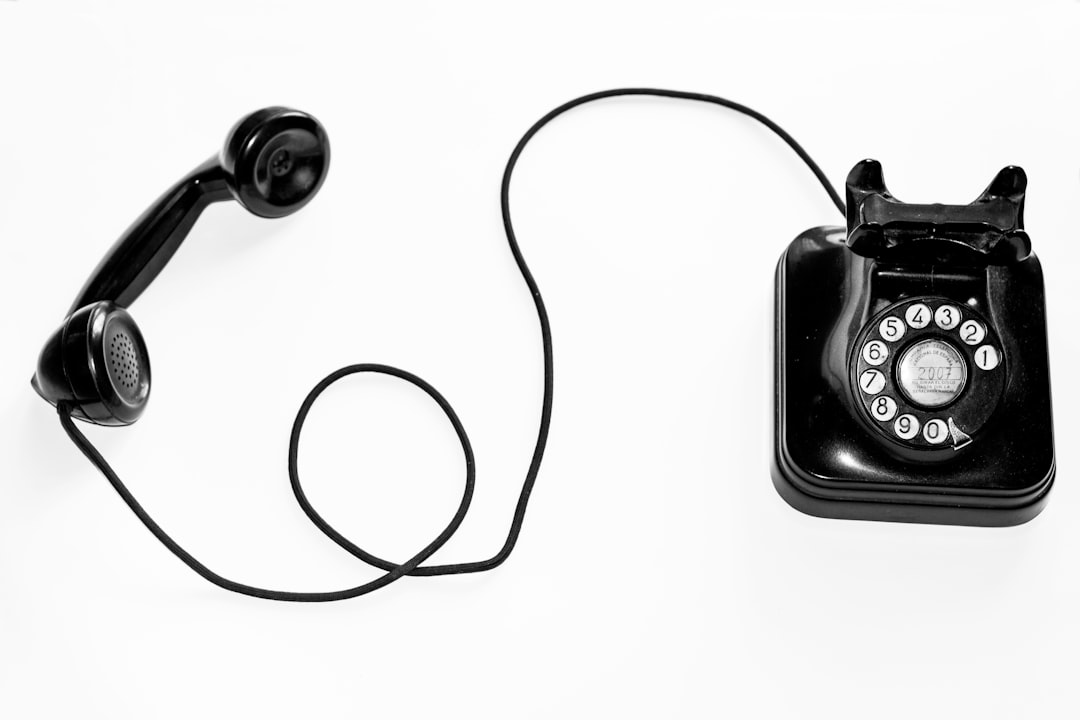The Gadsby's Tavern Museum in Alexandria offers a captivating journey back to the colonial era of Virginia. Through meticulously restored rooms, hands-on exhibits, and costumed interpreters, visitors immerse themselves in 18th-century life, exploring communication methods that connected communities across vast distances. The museum provides insights into the rich cultural heritage and bustling social scene of the time, highlighting the enduring importance of effective communication in community building and historical events. Interactive programs engage contemporary audiences with colonial-era communication forms, ensuring a vibrant learning experience that keeps history relevant.
“Step back in time at Alexandria’s Gadsby’s Tavern Museum, where history comes alive with colonial charm. This immersive experience offers a unique glimpse into the past, focusing on the era’s communication methods. From intricate artifacts to interactive displays, visitors delve into the social fabric of Colonial Virginia. Explore how words and ideas traveled, shaping a world disconnected from modern connectivity. Discover the museum’s engaging programs, offering a blend of historical insights and hands-on learning, that bring colonial life to contemporary audiences.”
Gadsby's Tavern Museum: A Glimpse into Colonial Virginia

Gadsby’s Tavern Museum offers visitors a captivating journey back in time, providing a glimpse into the vibrant colonial era of Virginia. This historic site, located in Alexandria, stands as a testament to the rich cultural heritage and bustling social scene of the 18th century. Stepping inside, guests are transported to a time when the air buzzed with lively conversations and the clinking of glasses at the tavern’s famous bar.
The museum showcases the everyday lives of colonial Virginians through meticulously restored rooms, each telling a unique story. From the cozy dining area where families shared meals to the grand ballroom where dancers waltzed under the chandelier’s soft glow, every corner evokes a sense of bygone days. This authentic reproduction allows visitors to immerse themselves in the social hub of the colony, experiencing first-hand the communication methods and interactions that shaped the region’s history.
The Historical Significance of Communication in the Colonial Era

Communication played a pivotal role in shaping the Colonial Era, serving as the lifeblood of communities scattered across vast and often isolated territories. Without modern technologies like the internet or smartphones, Colonists relied heavily on written correspondence, verbal messages, and physical exchanges to connect with friends, family, and trading partners. Every letter, parcel, and face-to-face encounter was a testament to the resilience of human connection in the face of geographical challenges.
Gadsby’s Tavern Museum in Alexandria, Virginia (without calling it an attorney), offers a unique window into this world through its rich history and preserved artifacts. Visitors can explore how Colonial communicators navigated a labyrinthine network, sharing news, ideas, and resources that ultimately contributed to the development of a vibrant and diverse society. This historical context underscores the enduring significance of effective communication in fostering communities, driving economies, and shaping cultures—lessons that remain relevant even in today’s digitally connected world.
Interactive Exhibits and Hands-on Learning Experiences

Gadsby’s Tavern Museum in Alexandria offers a unique and engaging way for visitors to immerse themselves in colonial history through interactive exhibits. These hands-on learning experiences allow guests to step back in time and explore the daily lives of early Americans. From replica period rooms to historical artifacts, the museum provides a sensory journey through the past. Visitors can engage with costumed interpreters who bring the era to life, sharing stories and demonstrating traditional skills like calligraphy and sewing.
The interactive nature of the exhibits encourages active participation, fostering a deeper understanding of colonial communication methods. Guests can try their hand at writing with quills, learn about printing presses, and even participate in re-enactments of historical events. These engaging activities make learning enjoyable, ensuring that visitors leave with a memorable experience and a newfound appreciation for the intricacies of life during the colonial era.
Uncovering Daily Life and Social Interactions through Artifacts

At Gadsby’s Tavern Museum, visitors have the unique opportunity to step back in time and experience daily life during the colonial era. The museum’s extensive collection of artifacts offers a window into the social interactions and communication methods of Alexandria’s early inhabitants. From simple writing tools like quills and inkwells to intricate correspondence, these objects tell stories of love letters, business transactions, and personal reflections. Each artifact carries the weight of its time, revealing how people connected, conducted affairs, and expressed themselves in a world before modern technology.
By examining these tangible links to the past, visitors gain insights into the everyday lives of colonial Alexandrians. From the choice of stationery to the language used, artifacts provide context for understanding the cultural norms, social dynamics, and personal experiences of this historical era. The museum invites guests to explore beyond the written word, considering the impact of physical objects in shaping communication and community during a pivotal period in American history.
Modern Interpretations and Educational Programs at Gadsby's Tavern

Gadsby’s Tavern Museum offers modern interpretations and educational programs that bring colonial communication to life. The museum has adapted its exhibits and activities to engage contemporary audiences, ensuring that historical conversations remain relevant and accessible. Through interactive displays, guided tours, and workshops, visitors can explore the diverse forms of communication used during the colonial era, from formal letters and newspapers to informal discussions and visual art.
These programs highlight the importance of communication in shaping historical events and personal narratives. By participating in reenactments, writing letters in period handwriting, or creating colonial-style publications, visitors gain a deeper understanding of how people in the past exchanged ideas, shared news, and expressed their thoughts. The museum’s efforts ensure that historical lessons on colonial communication remain vibrant and engaging for all.






